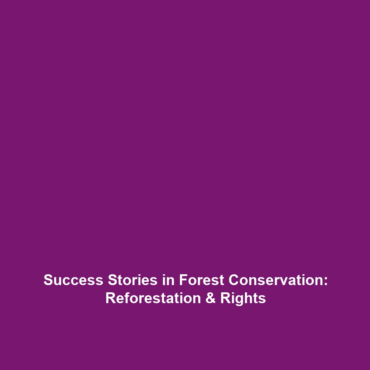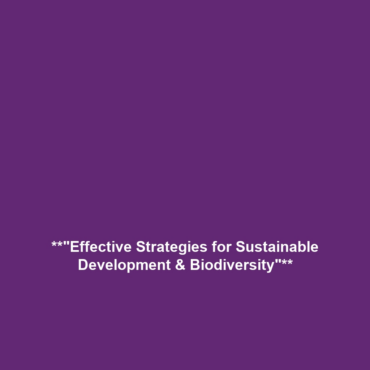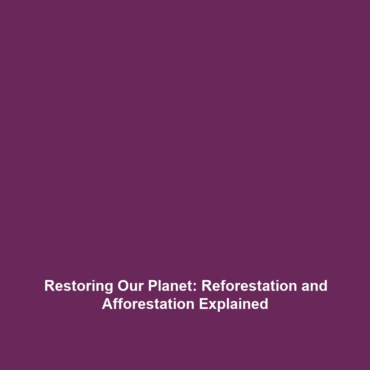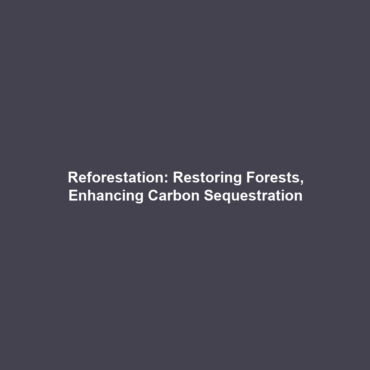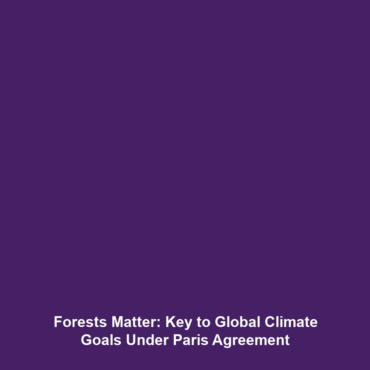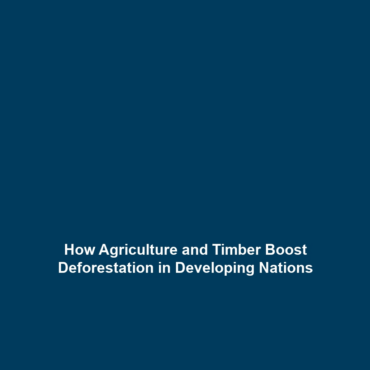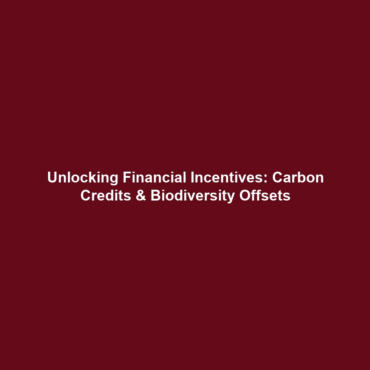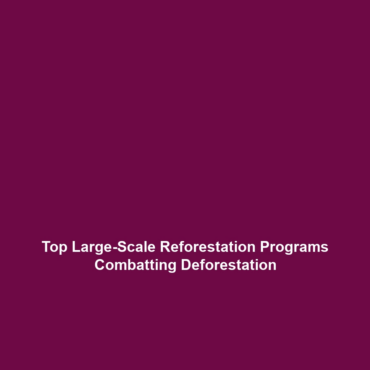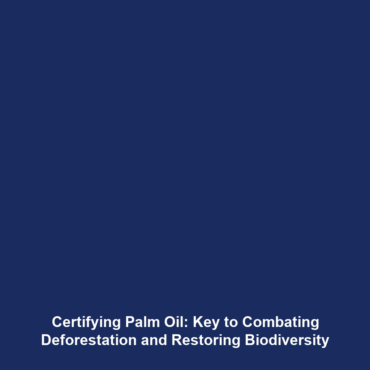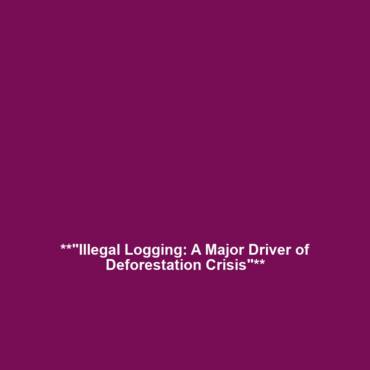Success Stories of Forest Conservation Efforts
Introduction
Forest conservation has become a crucial aspect of combating deforestation and biodiversity loss. Notably, transformative initiatives like Costa Rica’s reforestation efforts and Brazil’s indigenous land rights have emerged as beacons of hope in this urgent global challenge. These successful stories showcase innovative approaches that not only protect ecosystems but also empower local communities. Understanding the significance of these efforts provides essential insights into sustainable practices that can help reverse the destructive trends of deforestation while promoting biodiversity conservation.
Key Concepts
At the heart of successful forest conservation lies several core principles:
Costa Rica’s Reforestation Initiative
Costa Rica has transformed its deforested landscapes through systematic reforestation strategies. The country initiated programs to restore degraded areas, incentivizing landowners and farmers to plant trees, resulting in a remarkable increase of forest cover from 21% to over 52% between 1987 and 2019.
Brazil’s Indigenous Land Rights
In Brazil, recognizing and respecting indigenous land rights has proven critical for biodiversity conservation. Indigenous territories are often rich in biodiversity and have a lower deforestation rate than non-indigenous lands. Empowering indigenous communities to manage their forests ensures sustainable practices that preserve biodiversity.
Applications and Real-World Uses
The successful forest conservation efforts can be applied in various real-world contexts:
- How Costa Rica’s Reforestation Is Used in Global Conservation: The reforestation model in Costa Rica has become a case study for countries facing deforestation challenges, showcasing the importance of payments for ecosystem services.
- Applications of Indigenous Land Rights in Brazil: The recognition of indigenous rights as a conservation strategy has led to policies that protect vast areas of rainforest, supporting both ecological health and social justice.
Current Challenges
Despite their successes, these conservation efforts face several challenges:
- Challenges of Costa Rica’s Reforestation: Ensuring long-term maintenance and monitoring of replanted areas is a major hurdle.
- Issues in Brazil’s Indigenous Land Rights: Ongoing political and economic pressures threaten the enforcement of land rights, leading to conflicts and degradation.
- Funding Limitations: Many reforestation and biodiversity projects struggle with insufficient funding to sustain their initiatives.
- Climate Change Impacts: Changing climate patterns affect tree growth and ecosystem stability, complicating conservation efforts.
Future Research and Innovations
Future innovations in forest conservation are crucial for addressing deforestation and biodiversity loss:
- Next-Gen Technologies: Advances in drone technology and satellite monitoring facilitate better tracking of forest health and illegal activities.
- Community-Based Conservation Strategies: Research is focusing on developing more inclusive frameworks that engage local communities, ensuring their needs and knowledge are integrated into conservation practices.
- Restoration Ecology: Innovative ecological restoration methods are being developed to rebuild degraded ecosystems more effectively.
Conclusion
The success stories of forest conservation efforts, particularly Costa Rica’s reforestation and Brazil’s indigenous land rights, highlight the potential for impactful strategies against deforestation and biodiversity loss. These initiatives not only protect vital ecosystems but also provide frameworks for sustainable development. As we strive to enhance these efforts, it is essential to support and further research the practices that can lead to a greener, more biodiverse planet. For more insights, explore our further reading section or learn about global conservation efforts.
